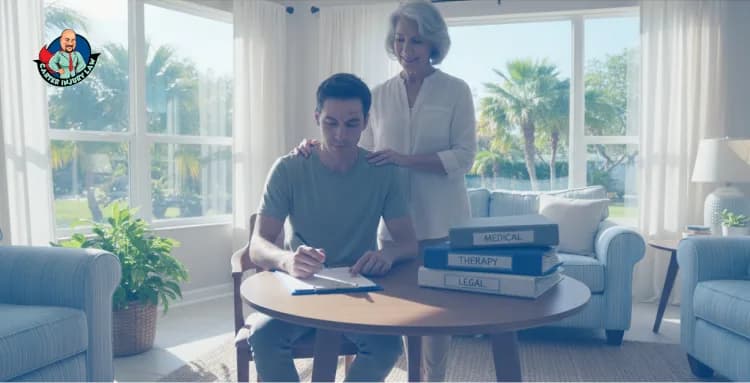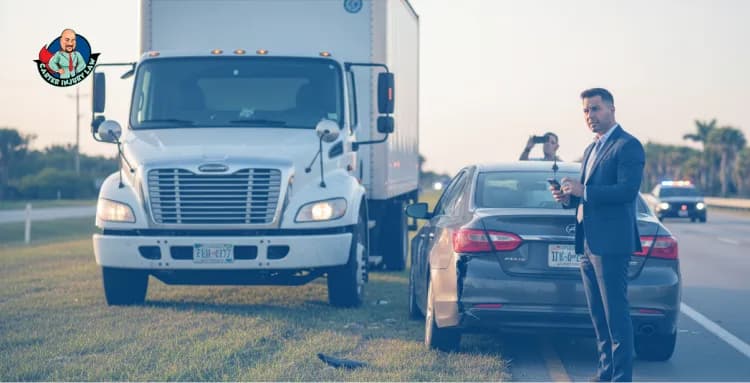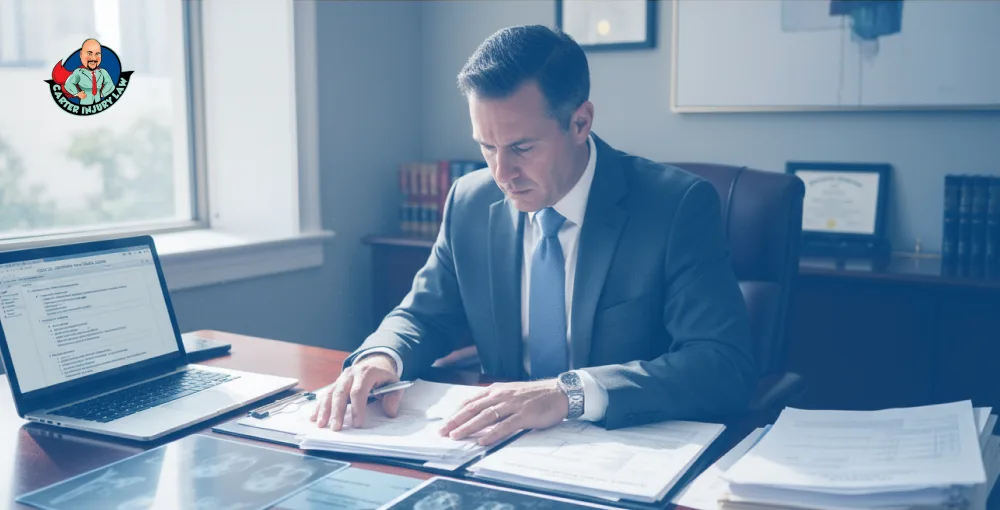I have stood at many of these crossings, not as a bystander but as the attorney people call when the damage is already done. I have read the reports, studied the skid marks, listened to witnesses argue over who moved first. In every case, the truth hides somewhere between the driver’s judgment and the geometry of the street.
Buses aren’t reckless machines. They are predictable in their size, their weight, their physics. What isn’t predictable is the human decision behind the wheel or the split-second instinct of another driver trying to make the light. One mistake collides with another, and suddenly an ordinary morning turns into a case file on my desk.
The pattern is familiar, yet it never loses its sting. Each story starts differently, but they all lead to the same question that keeps me awake long after the courtroom empties, who was truly at fault?
(1) Why These Crashes Keep Happening
Most people assume bus crashes happen because someone was careless, and in a sense, they are right. However, carelessness wears many faces. Sometimes it’s the driver who misjudges a turn, sometimes it’s a light that changes too soon, sometimes it’s a city that built an intersection decades before buses grew this large.
In Florida, I’ve seen how small errors can grow teeth. A bus driver turns left with a full cabin and misses the car tucked inside a blind spot. A motorist, trying to beat a yellow light, meets the nose of forty thousand pounds of steel. Neither meant harm, but the laws of motion don’t forgive hesitation.
Blind spots are the silent villains in most of these crashes. A car can vanish beside a bus, gone from every mirror and window until the moment of impact. The driver might swear they looked, and often they did. The problem is the human eye isn’t designed for machinery that size.
Then there are the turns. Buses move like ships, slow and wide, their rear wheels carving a different path than their fronts. At tight intersections, this can mean cutting across lanes or brushing too close to the curb. I’ve seen entire cases turn on the angle of one tire.
And sometimes the fault doesn’t belong to the driver at all. Faulty brakes, worn tires, or a company skipping maintenance schedules can be just as dangerous as distraction. A bus is only as safe as the people paid to keep it that way.
Every investigation feels like assembling a clock after it has already shattered. Each piece of evidence tells a fragment of time. And somewhere inside that broken clock is the truth about what really happened.
(2) How Fault Is Determined After a Bus Crash
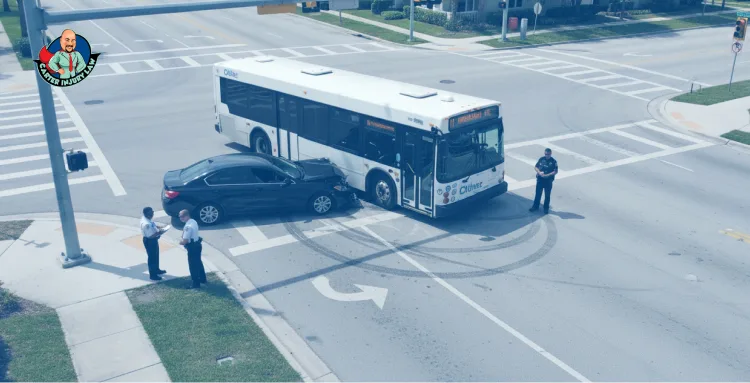
Determining fault after a bus crash is never as simple as pointing at the larger vehicle. The law in Florida doesn’t hand out blame by size. It demands proof, detail, and patience. My job begins where chaos ends, sorting through the fragments until a pattern appears.
I start with what you can’t argue, like evidence. Traffic cameras, black box data, maintenance records, and witness statements. Each one holds a sliver of truth, though rarely the whole thing. Cameras reveal timing, witnesses reveal perspective, and records reveal whether someone ignored a problem long before the crash ever happened.
The law itself has its own rhythm. Florida follows what’s called modified comparative negligence, which means fault can be shared. A driver might be forty percent responsible while the bus company bears sixty. The catch is simple yet brutal, if you’re found more than 50% at fault, you lose your right to compensation. That single percentage can decide whether a victim rebuilds their life or faces the costs alone.
Right of way becomes another battlefield. A green light isn’t a shield. Even if the bus had the signal, it must yield to anyone lawfully in the intersection. I’ve seen cases turn on who entered first, who hesitated, who assumed the other would stop.
What the police report says is only the beginning. It’s a snapshot, not a verdict. The real fault lies deeper, in the choices that set the collision in motion. My work is to find that hidden thread, the one that explains not just how the crash happened, but why. And in that pursuit, the smallest overlooked detail can change everything.
(3) When the Bus Belongs to the City
When the bus belongs to the city, everything slows down, except the consequences. These cases feel different, heavier, as if bureaucracy itself has taken the wheel. A public transit crash is never just between two drivers; instead, it’s between a citizen and the system meant to protect them.
I’ve handled cases where victims assumed filing a claim against a city bus was like any other accident. It isn’t. In Florida, claims against government agencies come with strict notice requirements and unforgiving deadlines. Miss them, and the right to seek compensation can disappear before the wounds have even healed.
The process begins with what’s called a notice of claim. It must be filed within a specific time frame, usually within three years, and it must reach the right department. The wording matters, the timing matters, and every piece of documentation must align perfectly. The state gives itself protections that private companies don’t enjoy.
Yet accountability doesn’t vanish behind city walls. Public buses are still bound by the same duties as any other vehicle to operate safely, to be maintained properly, and to protect those who trust them to move through traffic without harm. When those duties are breached, the law still has room for justice, though the road to it is longer and steeper.
I often tell my clients that patience is part of the fight. And when that precision meets persistence, even the largest systems can be made to answer.
(4) How I Protect Your Claim and Compensation
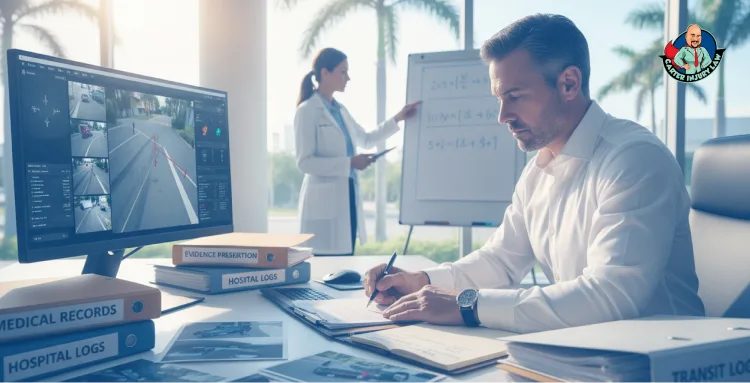
I start by making sure my client gets immediate medical attention, and I tell them to keep every record, every bill, every note from a doctor. Medicine becomes the timeline of injury, and that timeline is central to any claim. Parallel to that, I have investigators secure cameras, pull transit logs, photograph damage, and take witness statements while memories are fresh. In bus crashes, that early preservation work is often the difference between clarity and confusion.
Next, I bring in specialists. Accident reconstruction experts set skid marks and broken glass into motion, and medical economists estimate the long road of care and lost income ahead. If maintenance looks suspect, I work with mechanics who know buses, and if the vehicle is public, I note the special notice requirements that government claims demand. Every expert is chosen to turn fragments into a coherent narrative the court and an insurer can understand.
Insurance companies call early, and they want two things, a statement and a release. I advise my clients not to speak to adjusters alone, not to sign anything, and not to accept a first offer that sounds convenient. Insurers measure exposure in minutes, and they hope hurried settlements will close claims before the full extent of injury becomes apparent. My role is to buy time, gather evidence, and negotiate from a place of complete information.
I also protect my client financially. We work on a contingency fee basis, which means my clients owe nothing up front, and we only collect if we recover compensation. That arrangement lets people focus on recovery, not bills. I also coordinate with medical providers about liens when necessary, so treatment can continue while we build the case.
(5) What Accountability Looks Like
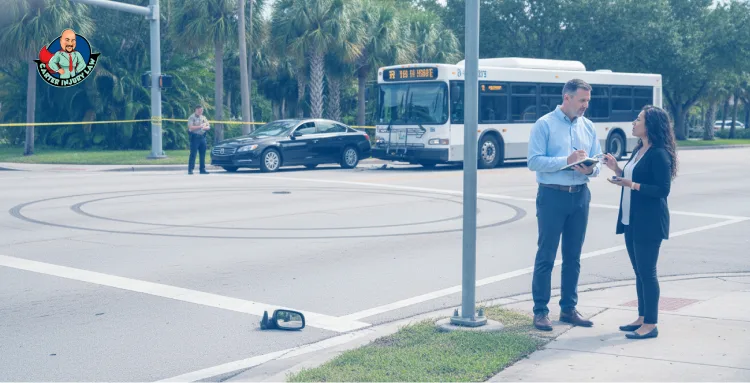
Every intersection keeps a record, if you know how to read it. Tire rubber on the road, a bent signal pole, a scratched mirror, a witness who looks at you and can only remember the sound, not the color of the light. Those traces are stubborn, and they do not lie forever. My job is to translate them into a story that holds in a courtroom and into a recovery plan that holds in life.
People want neat answers, a single culprit to blame, a ledger that closes cleanly. Life refuses that neatness. Responsibility is often layered, divided among decisions, maintenance choices, and unseen design flaws. That complexity is not an excuse for inaction but a reason to be thorough, relentless, and humane in pursuit of justice.
If you have been hurt in one of these crashes, you deserve someone who treats the facts with equal parts rigor and care. I hold systems to account, and I help people rebuild the practical pieces of their lives, medical by medical, bill by bill, piece by honest piece. We move with purpose, because the stakes are not legal points alone, they are futures.
Every time I close a file, I remember that intersections are where lives meet, sometimes briefly, sometimes forever. Choosing to fight for accountability is one way to turn chaos into consequence, to make sure the next family does not inherit the same silence.
If you need guidance, call me. I will listen first, then act, and we will carry the work forward with the respect the moment demands.



